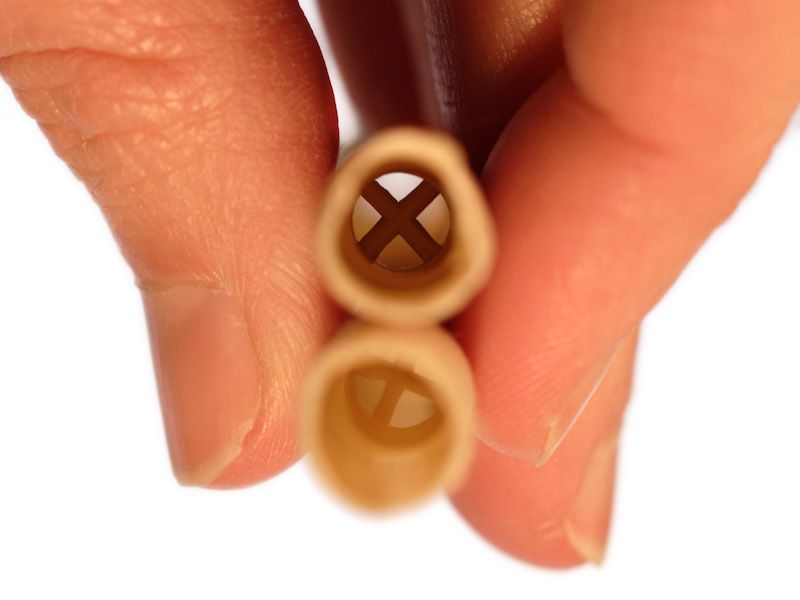
In some circles, the practice called “ear candling” is persistently believed to be a good way to minimize earwax. Does ear candling work and what is it?
Earwax Candles, is it Effective?
Spoiler alert: No. No, they don’t.
Why then do otherwise reasonable people persistently believe in this pseudo-science. It’s difficult to say with much precision. But the more you discover about earwax candling, especially the risks involved, the more likely you can develop an informed decision (even if the logical decision is pretty clear).
Earwax Candling, What is it?
So here’s the basic setup: Maybe you have an excessive amount of earwax and you aren’t really sure how to eradicate it. You know you aren’t supposed to use cotton swabs (which is good, cotton swabs are not an ideal way to clear out your ears, in general). So, after doing some investigate, you discover a method called earwax candling.
Earwax candling is supposed to work as follows: You generate a pressure differential by shoving the candle into your ear, wick side out. The wax inside of your ear, then, is pulled outward, towards the freedom of the open world. Any wax that may be backed up in your ear can, theoretically, be pulled out by this amount of pressure. But this hazardous practice is not a good way to clean your ears.
Why Doesn’t Ear Candling Work?
This practice has a few issues, like the fact that the physics just don’t work. It would require a considerable amount of pressure to move earwax around and a candle is not capable of generating that kind of pressure. Second, producing that type of pressure difference would call for some sort of seal, which doesn’t happen during candling.
Now, the candles used in these “procedures” are supposedly special. All of the wax that was in your ear can be found in the hollow part of the candle which can be broken apart when you’re finished with your 15 minutes of ear candling. But the issue is you can find this same detritus in new unburned candles as well. So this “validation” is really nonsense.
Earwax candling hasn’t been proven scientifically to have any benefit whatsoever.
So Earwax Candling Doesn’t Work, But is it Safe?
What’s the harm in trying, right? Well, any time you get hot candle wax around your ears, you’re asking for trouble. You might be ok if you try earwax candling. People do it all of the time. But there are certainly hazards involved and it’s definitely not safe.
The negative impacts of ear candling can include:
- Once the wax cools down it can block up your ear canal. This can cause temporary hearing loss or, in the most extreme cases, require surgery.
- Whenever you’re mucking about with an open flame, there’s a possibility that you could cause serious harm and put your life in danger. Seriously, you could burn your house down. Clearing away a bit of earwax isn’t worth that amount of danger and risk.
- Your ear can be badly burned. When melted candle wax gets inside your ear, it can result in severe hearing problems and burns. In the most severe cases, this might permanently damage your hearing.
You Can Keep Your Ears Clean Without Needing a Candle
Most people will never actually need to be concerned about cleaning earwax out of their ears. That’s because the human ear is basically a self cleaning system. However, there are a few people who will have uncommonly heavy earwax production or accumulation to deal with.
If it turns out that you have excessive earwax there are practices that have been proven to work safely. For example, you could use a fluid wash. Or you could see a specialist who will be capable of using specialized tools to get excess wax or wax blockages out.
Cotton swabs are definitely a no-no. And open flames are not ok either. Earwax candling is a technique that has no advantage and will put your ears, and your whole person, at significant risk of damage and injury. So maybe it’s time to put those special candles away.